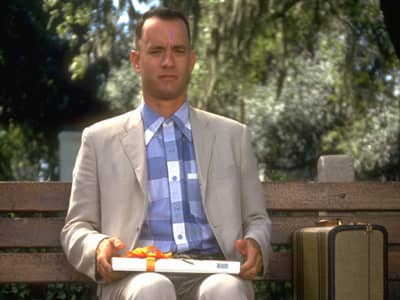...
Clowney has the requisite traits -- power, explosiveness, quickness, length, agility, ability bend, torque and fluidity -- to play in any scheme, as ESPN NFL analyst Tedy Bruschi, who won multiple Super Bowls with Crennel as his coordinator, said following Clowney's pro day. The question going into that workout was whether Clowney, a college end, could handle the responsibilities of an outside linebacker, including playing out of a two-point stance and dropping into pass coverage.
"He looked good. He looked fluid," Bruschi said during a recent appearance on "The Herd" with Colin Cowherd. "His hips were flipping right to left, breaking back up on the ball, no wasted movement towards the bottom of his break when he put the anchor in the ground."
Clowney showed a good ability to redirect as well.
"This kid can play outside linebacker in a 3-4 if the Houston Texans decide to play mainly a 3-4 set," Bruschi said.
And not only would Clowney fit with what they do defensively, he'd have the chance to excel. Here's why.
Three-man-front principles
The focal point of Crennel's defense is identifying opposing personnel and tailoring his calls accordingly (we frequently hear of game-plan offenses, but game-plan defenses are the norm in the NFL, too). When an opposing offense trots out its "regular" personnel -- consisting of two running backs and a single tight end -- Crennel counters with his three-man defensive fronts.
More generally speaking, in running situations, Crennel relies on his base defense. One comparison that has been drawn for Clowney is current Kansas City Chiefs outside linebacker Tamba Hali, who some questioned whether he'd fit in Crennel's system when he took over the Kansas City defense in 2010.
Hali played what Crennel referred to as the "Jack" linebacker, aligning away from the strong side of the formation a yard or so off the ball in a two-point stance.
His duties, as described by a former Crennel assistant now coaching with another NFL team, entail: "Against the run, it's about setting the edge. He can't let the ball bounce outside. In coverage -- which he hardly was called up to do -- he had to control the flat. In the pass rush, Crennel is going to try to create one-on-one opportunities for the Jack."
"He'll do that by running two-man rush games with the interior tackles in order to influence a guard aligned to the Jack's side and prevent him from fanning out," the assistant continued. "If he can't create one-on-one rush situations, he'll find ways to create mismatches -- make the running back have to pick him up on occasion, for example."
"He can also flip the Jack from side to side based on the offensive personnel. Anything to create an edge, a boost," he added.
Clowney would not simply be cut free to rush the passer or press upfield in Crennel's system on every down (but, more importantly, he would not be relied upon as an everyday coverage player). Setting the edge is critical to the defense's success, requiring the outside force players to lock out, control the tackle or tight end blocking them and turn everything back inside.
"He does have explosiveness off the ball. He has great leverage and can set the vertical edge," the assistant coach noted. "He can make that ball bounce inside on the run and also be a press bull-rusher."
It just so happens that Houston now employs one of the most reliable edge-setters that Crennel has coached in Mike Vrabel, a former New England Patriot and Chief who is the team's linebackers coach. He and defensive line coach Bill Kollar represent an ideal duo to tutor Clowney and help refine his game.
Sub defense principles
In passing situations, which are ever increasing in today's NFL, Crennel will turn to four-man defensive fronts, at which point Clowney would revert to his familiar setting of playing from a three-point stance.
As Bruschi alluded to in the aforementioned interview, an NFL defense might play sub defense on more than 60 percent of its snaps. As a matter of fact, during my time with the Chiefs in a 2010 matchup against Peyton Manning and the Indianapolis Colts, we turned to what we called our "Penny" personnel for all but a handful of snaps during that game.
The defensive front featured two linemen, two outside linebackers, a single inside linebacker and six defensive backs.
During the prolonged Patriots-Colts rivalry of the 2000s, which Crennel was involved with for many years, it wasn't uncommon for New England to rely on comparable packages utilizing six defensive backs.
Just as Hali was often able to tap into his defensive end experience, Clowney would do much of the same in Houston.
With a higher ceiling of performance.
"Clowney is an exceedingly better athlete ... not even close," one NFL scout said. "Way better equipped to play in space [and has] more versatile rush tools. Tamba is far more skilled [counter setup, hand use] and plays with a way better motor. All that said, Romeo conceivably could do a lot more with Clowney."
Wrapping it up
Despite his numerous assets, a case can be made against drafting Clowney No. 1. It just has to be for particular reasons.
...
But one case that shouldn't be presented in passing on Clowney is that he doesn't fit what the Texans will do defensively in 2014 and beyond.



